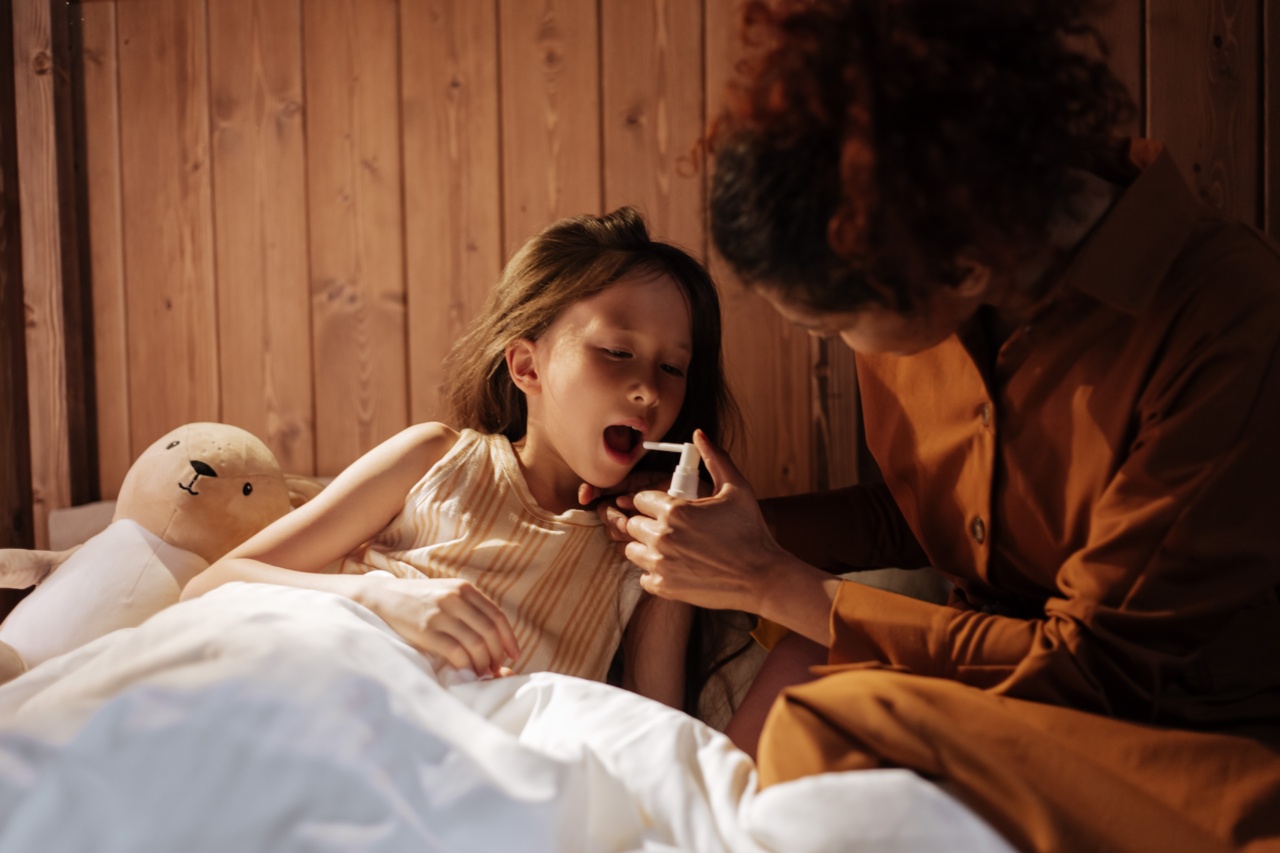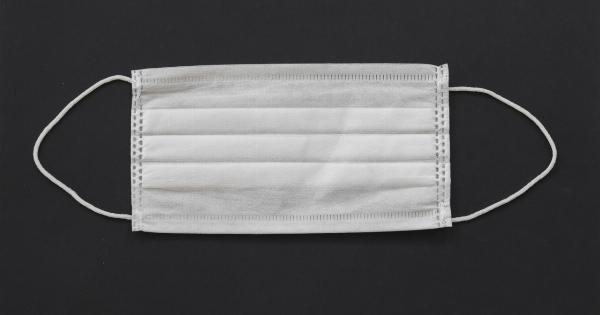Strep throat, also known as streptococcal sore throat, is a common bacterial infection that affects the throat and tonsils. It is caused by a bacteria called Streptococcus pyogenes.
The symptoms of strep throat can vary from person to person, but some common signs include:.
- Sudden and severe sore throat
- Pain while swallowing
- Fever above 101°F (38.3°C)
- Red and swollen tonsils with white patches or streaks of pus
- Tiny red spots on the back of the roof of the mouth
- Headache
- Body aches
- Loss of appetite
- Tender or swollen lymph nodes in the neck
- Fatigue or feeling weak
Transmission of Strep Throat
Strep throat is highly contagious and can easily spread from person to person. The bacteria can be transmitted through droplets in the air when an infected person coughs or sneezes.
It can also spread by sharing contaminated personal items, such as drinking glasses or utensils.
It is important to note that not everyone who comes in contact with the bacteria will develop strep throat. Some people may become carriers of the bacteria without showing any symptoms.
Treatment for Strep Throat
If you suspect you have strep throat, it is essential to visit a healthcare professional for an accurate diagnosis. A rapid strep test or throat culture may be performed to confirm the presence of the bacteria.
If a strep throat diagnosis is confirmed, the primary treatment is typically a course of antibiotics, such as penicillin or amoxicillin. These medications can help kill the bacteria and reduce the duration and severity of the symptoms.
In addition to antibiotics, over-the-counter pain relievers like acetaminophen or ibuprofen can help alleviate throat pain and reduce fever.
It is important to follow the prescribed dosage and complete the entire course of antibiotics, even if the symptoms start to improve.
To relieve discomfort and promote healing, other self-care measures can also be taken:.
- Get plenty of rest
- Stay hydrated by drinking fluids
- Gargle with warm saltwater
- Use throat lozenges or numbing sprays
- Avoid irritants like cigarette smoke
- Eat soft foods that are easy to swallow
- Replace your toothbrush after starting antibiotics
Complications of Strep Throat
While strep throat is usually a mild illness that can be easily treated, if left untreated or inadequately treated, it can lead to complications. Some possible complications include:.
- Tonsillitis
- Sinusitis
- Ear infections
- Mastoiditis (infection of the mastoid bone behind the ear)
- Abscesses around the tonsils and throat
- Rheumatic fever (a serious inflammatory condition)
- Post-streptococcal glomerulonephritis (kidney inflammation)
If you experience any worsening symptoms or develop new ones after starting treatment for strep throat, it is important to seek medical attention promptly.
Preventing the Spread of Strep Throat
To reduce the risk of spreading strep throat to others and prevent reinfection, it is essential to take certain preventive measures:.
- Wash hands frequently with soap and water, especially after coughing or sneezing
- Avoid sharing personal items such as drinking glasses, utensils, or toothbrushes
- Cover the mouth and nose with a tissue or elbow when coughing or sneezing
- Dispose of tissues properly after use
- Stay home from work, school, or social activities until at least 24 hours after starting antibiotics and fever resolves
- Regularly clean and disinfect frequently touched surfaces and objects
When to Seek Medical Attention
It is important to seek medical attention if you experience any of the following:.
- Severe throat pain that makes it difficult to swallow or breathe
- High fever (above 101°F or 38.3°C) that persists for more than 48 hours
- Difficulty opening the mouth
- Swelling or pain in the neck or jaw
- Rash
- Joint pain or swelling
- Blood in saliva or phlegm
- Persistent vomiting
Conclusion
Strep throat is a common bacterial infection that results in a sore throat, fever, and other symptoms. It is highly contagious and easily spread through respiratory droplets or contaminated objects.
Prompt diagnosis and appropriate treatment with antibiotics can help alleviate symptoms, prevent complications, and reduce the spread of infection. Taking preventive measures such as good hand hygiene and avoiding close contact with infected individuals can also help minimize the risk of contracting or spreading strep throat.



























